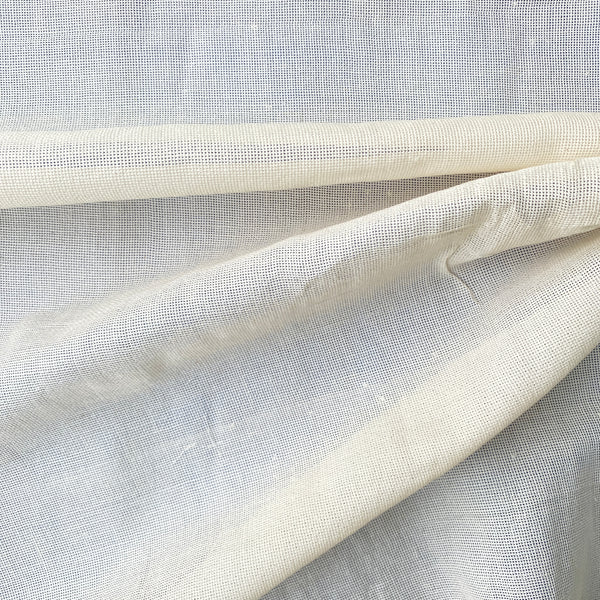Explore the diverse regional techniques and cultural significance of Indian sarees
Kanchipuram Sarees (Tamil Nadu)
Woven in Kanchipuram, these sarees use pure mulberry silk and real zari, with the body and border crafted separately and interlocked via the korvai technique, a structural hallmark that delivers sharp color contrast and exceptional durability.
Traditional motifs include temple borders and mythological figures such as Yali and Annapakshi, alongside lotus, paisley (mango), peacock, and elephant, which draw from temple architecture and nature to signal auspiciousness and continuity.
Culturally, Kanchivaram is the quintessential South Indian bridal saree, chosen for major festivals and rites of passage and prized as an heirloom passed from generation to generation.
Banarasi Sarees (Uttar Pradesh)
Originating from Varanasi, Banarasi sarees evolved from cotton to silk, accumulating a rich weave legacy associated with prosperity and status.
The traditional motif language—Persian-influenced florals, kalga and bel decorative borders, and fields of buti—emerged through historic artisan migrations and courtly aesthetics.
Today, Banarasi remains a cornerstone of bridal trousseaus and ceremonial gifting, with a large, community-centered handloom ecosystem that continues to sustain craft livelihoods.
Paithani Sarees (Maharashtra)
Paithani is woven in silk with gold or silver zari using a tapestry-like technique that enables dual-tone color effects and intricate narrative motifs.
The border (kath) and pallu (padar) feature peacock (mor, bangdi mor), lotus (kamal), vines (asawali), and geometric akruti, with color families such as daryai, dhoop-chaon, par-i-taus, and charkhani named for warp–weft combinations and pattern structures.
With origins in the ancient trade town of Paithan and a documented revival in the mid-20th century, Paithani carries a strong GI (Geographical Indication) identity and remains a wedding and festive centerpiece in Marathi culture.
Chanderi Sarees (Madhya Pradesh)
Chanderi's delicate, diaphanous fabric in silk-cotton blends is shaped by eknaliya and donaliya weaving techniques that manage pattern articulation via single- and multi-thread control, supported by plain weave base construction and fine zari accents.
Motifs draw from nature and Mughal architecture—florals and geometrics—executed with feather-light weight and subtle shimmer.
While heavier zari-led brocades dominate bridal wardrobes, Chanderi's breathable elegance makes it a favored choice for daytime ceremonies and festive gatherings across central India.
Tussar/Bhagalpur Sarees (Bihar)
Tussar silk from Bhagalpur complements festive wardrobes with natural luster and textural depth, frequently treasured as an heirloom.
The traditional reel-dye-weave process creates floral and geometric patterns that emphasize Tussar's natural characteristics and organic appeal.
These sarees offer a sophisticated alternative to traditional silk, with their unique texture and natural golden hue making them perfect for both formal occasions and cultural celebrations.
Mysore Sarees (Karnataka)
Mysore silk's understated geometry and jewel tones, underpinned by institutional quality markers, reflect royal lineage and modern reliability in weddings and formal events.
Dobby and jacquard techniques create simple geometric repeats with clean lines, distinguishing it from more ornate brocades while maintaining an elegant sophistication.
The refined aesthetic and superior quality make Mysore silk sarees a preferred choice for those seeking understated elegance with traditional craftsmanship.
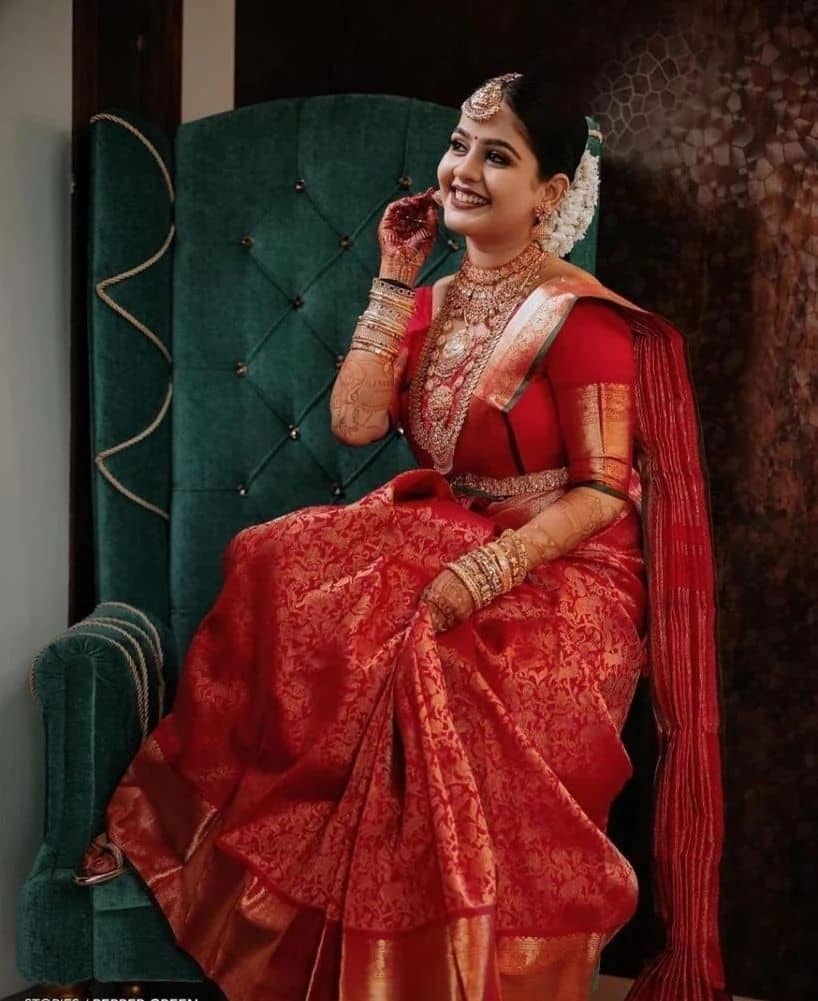 Classic
Classic
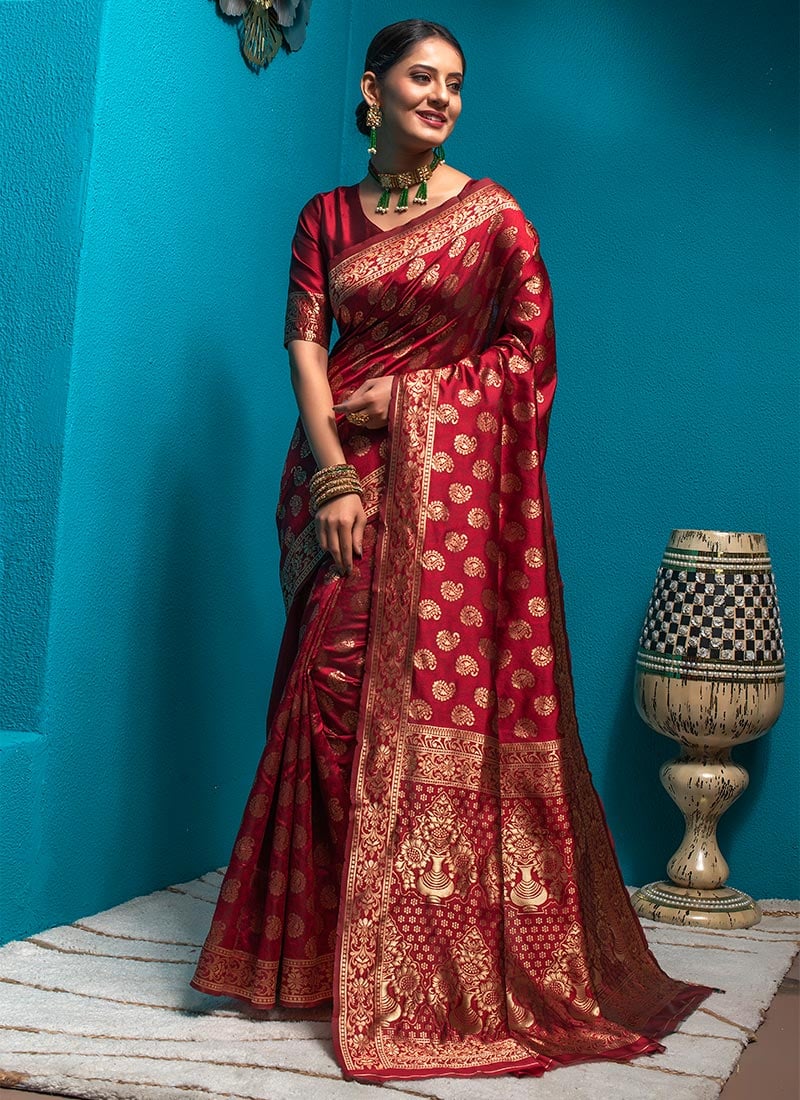 Handwoven
Handwoven
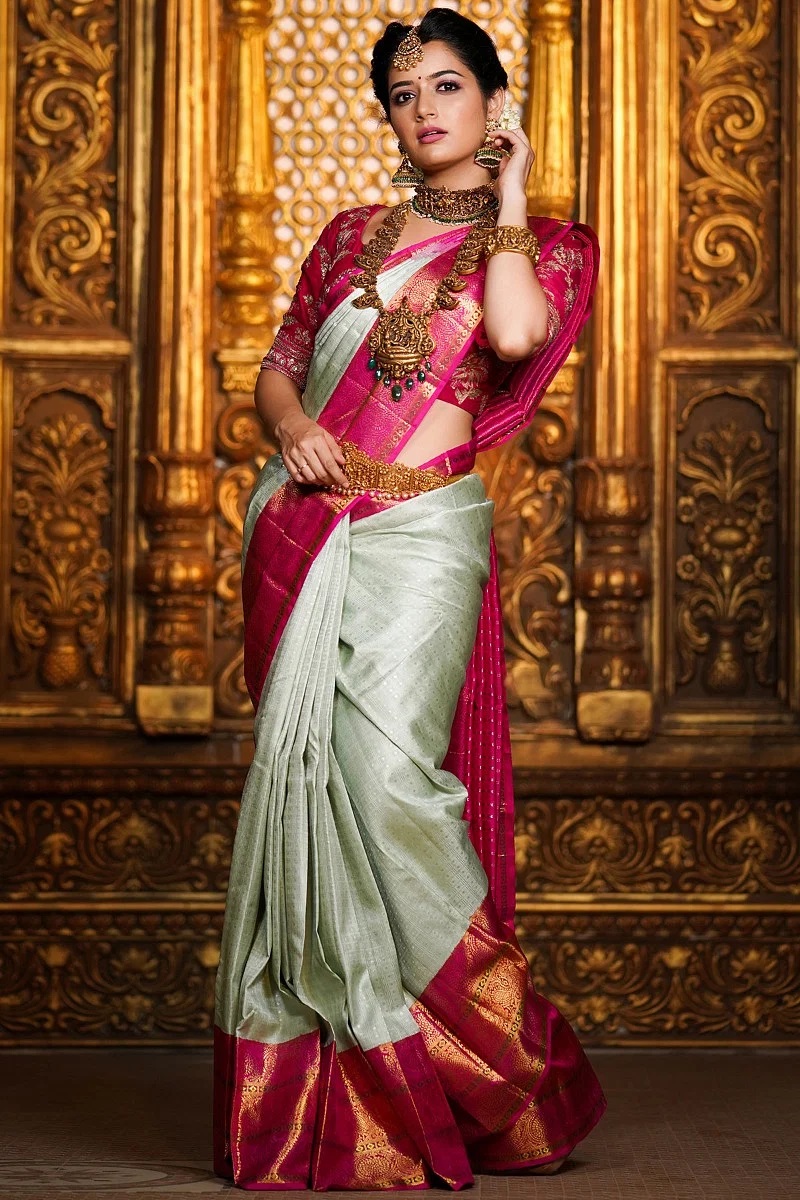 New
New
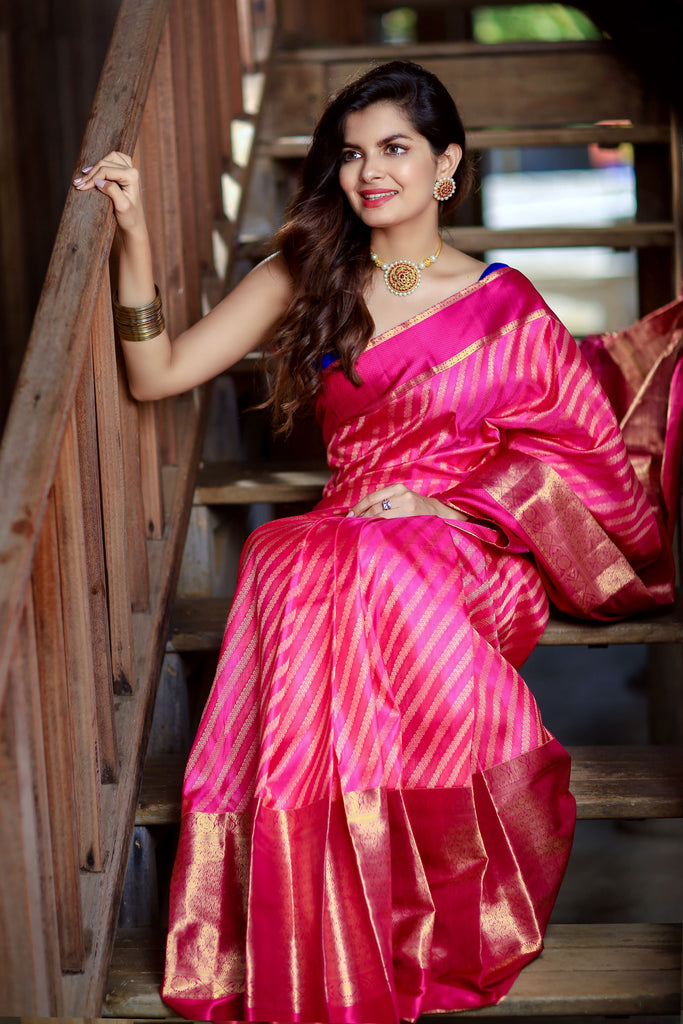 Handwoven
Handwoven
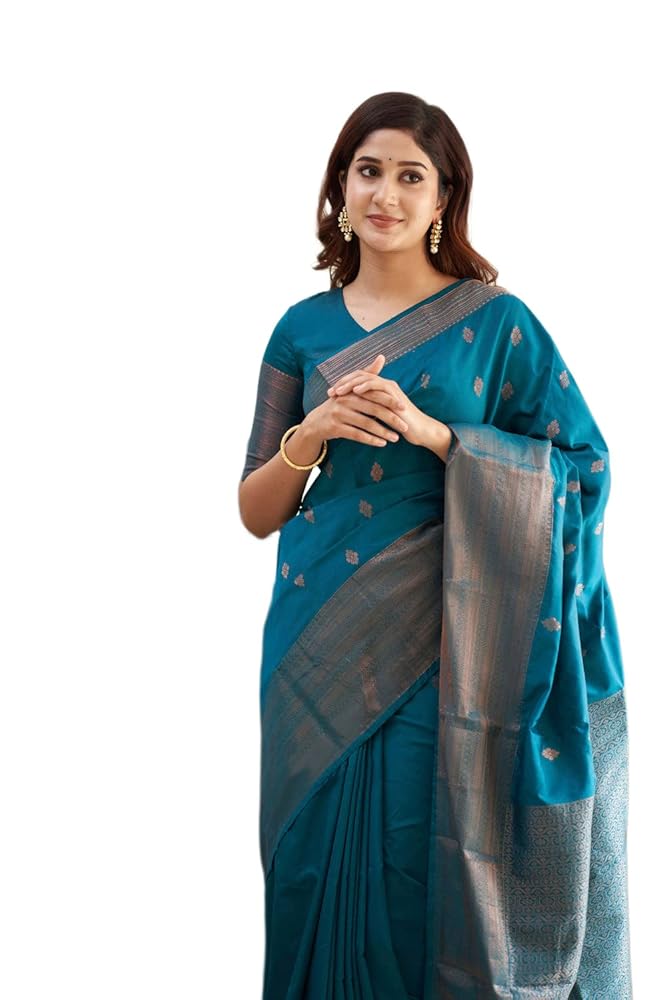 Classic
Classic
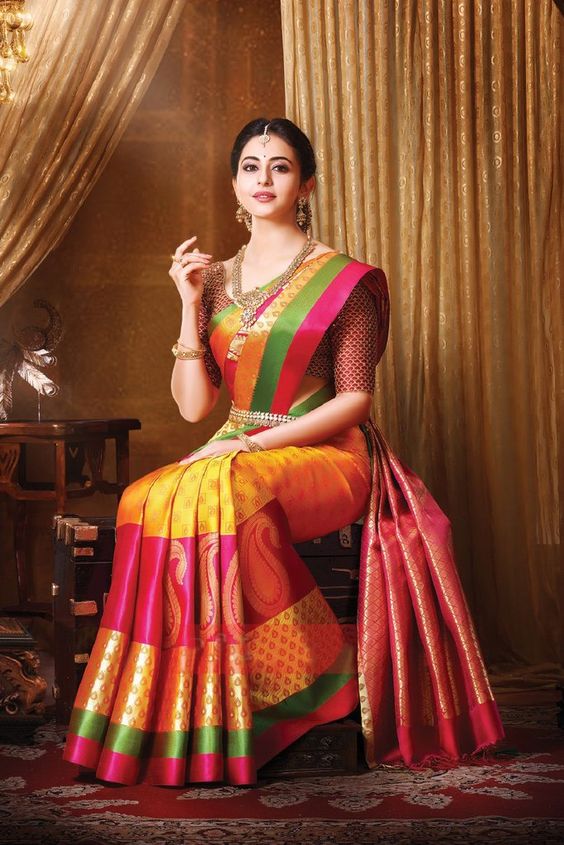 Handwoven
Handwoven
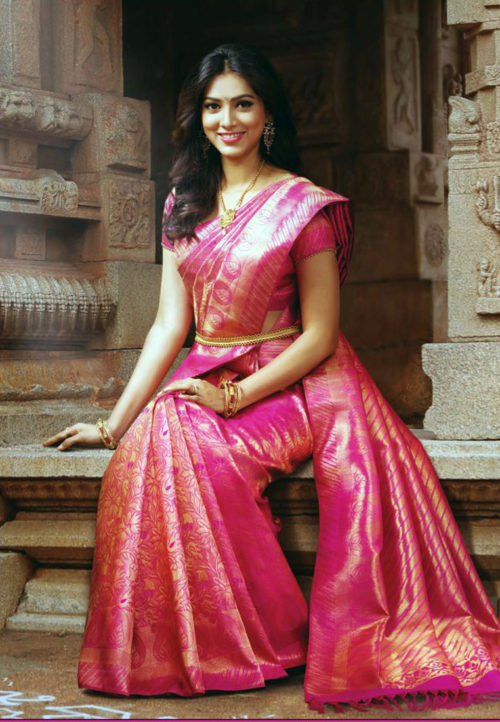 New
New
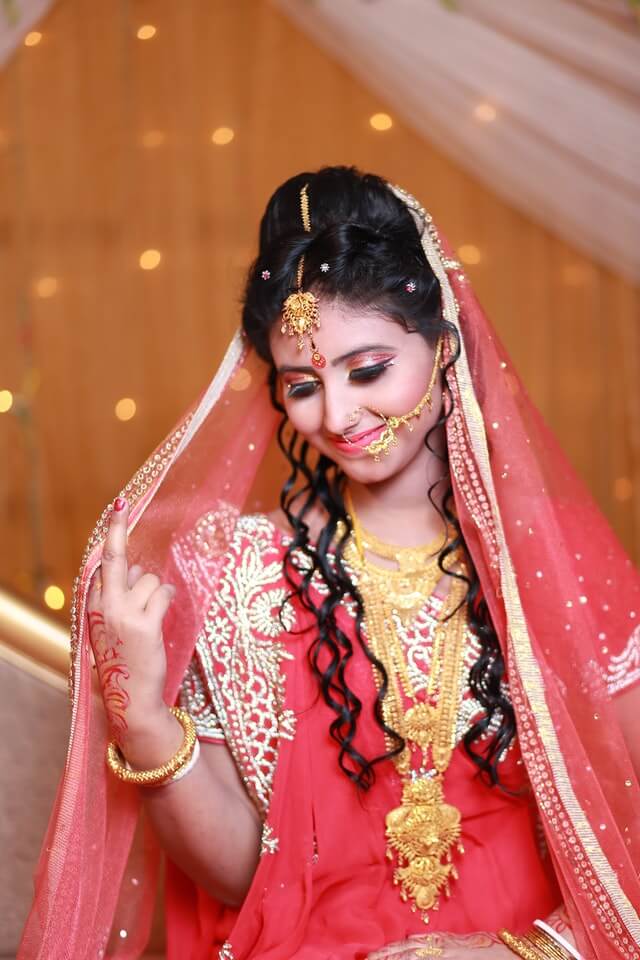 Classic
Classic
